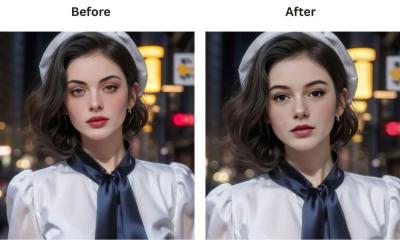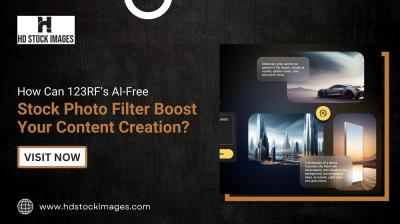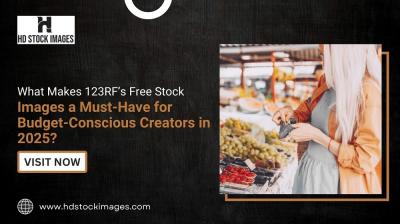When it comes to showcasing your work on platforms like Behance, a well-crafted creative brief can make all the difference. Think of a creative brief as your project’s personal hype person—it highlights your objectives, audience, and the overall vision of your project. It sets the stage for not just what you created, but why you created it. A strong brief can engage viewers, potential collaborators, or employers, allowing them to understand your creative process and the value of your work.
Understanding Your Audience
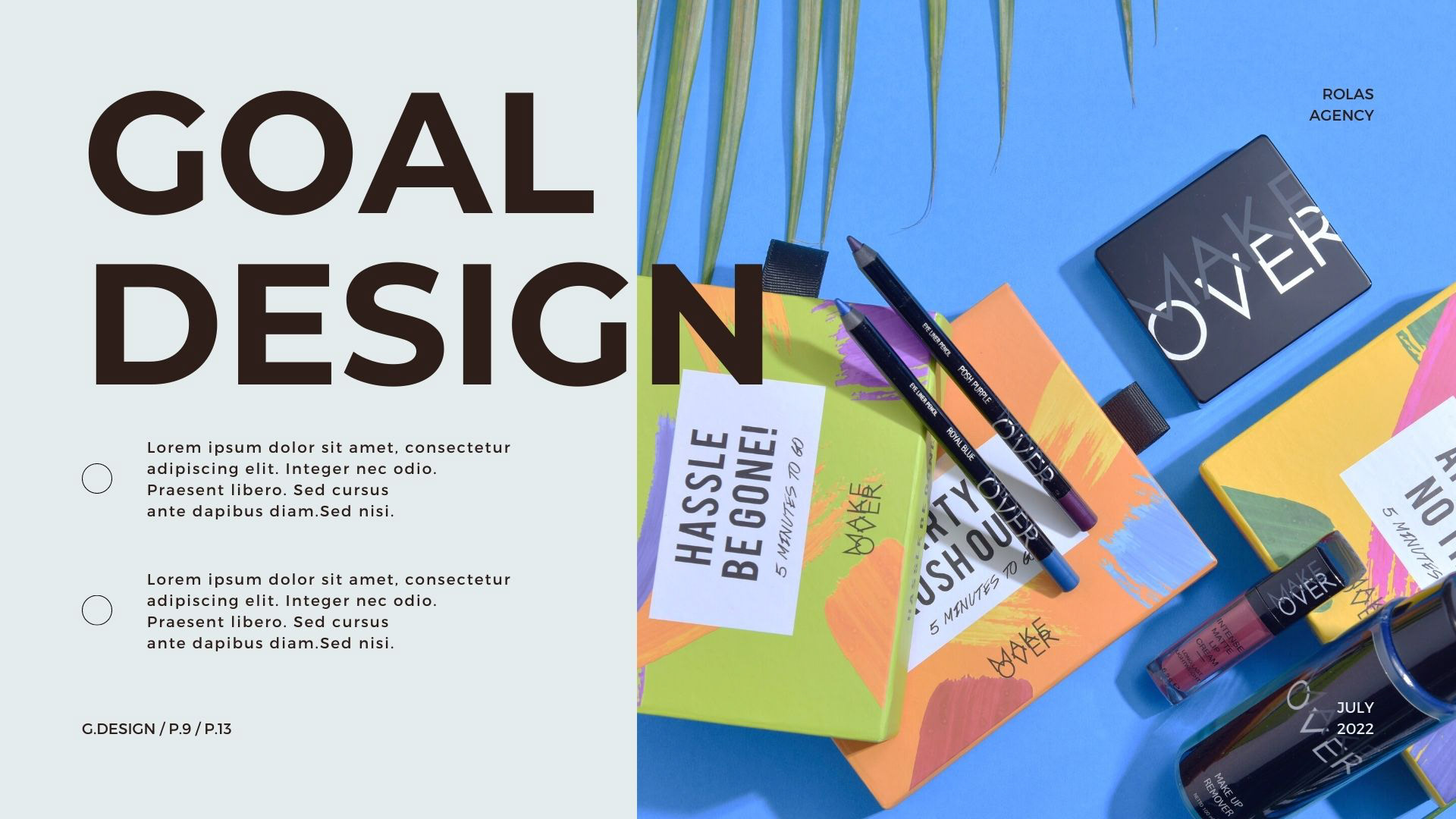
Before you start drafting your creative brief, it's crucial to ask yourself one essential question: Who are you speaking to? Understanding your audience helps tailor your message, ensuring it's not just heard but resonates deeply. Here’s how you can break it down:
- Identify Your Target Audience: Consider who would be interested in your work. Are they fellow designers, potential clients, or art enthusiasts? Understanding this can guide your tone and content.
- Research Preferences: Dive into the interests and preferences of your audience. What styles do they gravitate towards? What type of projects do they engage with? This knowledge can help you highlight elements of your project that will appeal to them.
- Address Pain Points: What challenges or needs does your audience have that your project addresses? Make sure to communicate how your work can solve these problems, showcasing its relevance.
Additionally, consider creating a quick audience persona. This doesn’t have to be elaborate; just jot down a few characteristics:
| Characteristic | Details |
|---|---|
| Age Range | 25-40 |
| Profession | Creative professionals, entrepreneurs |
| Interests | Design, innovation, technology |
By understanding your audience, you can craft a creative brief that speaks directly to their interests and needs, making your project shine even brighter on Behance.
Also Read This: How to Find a Designer on Behance: Discover the Best Creative Professionals
Defining Project Goals and Objectives
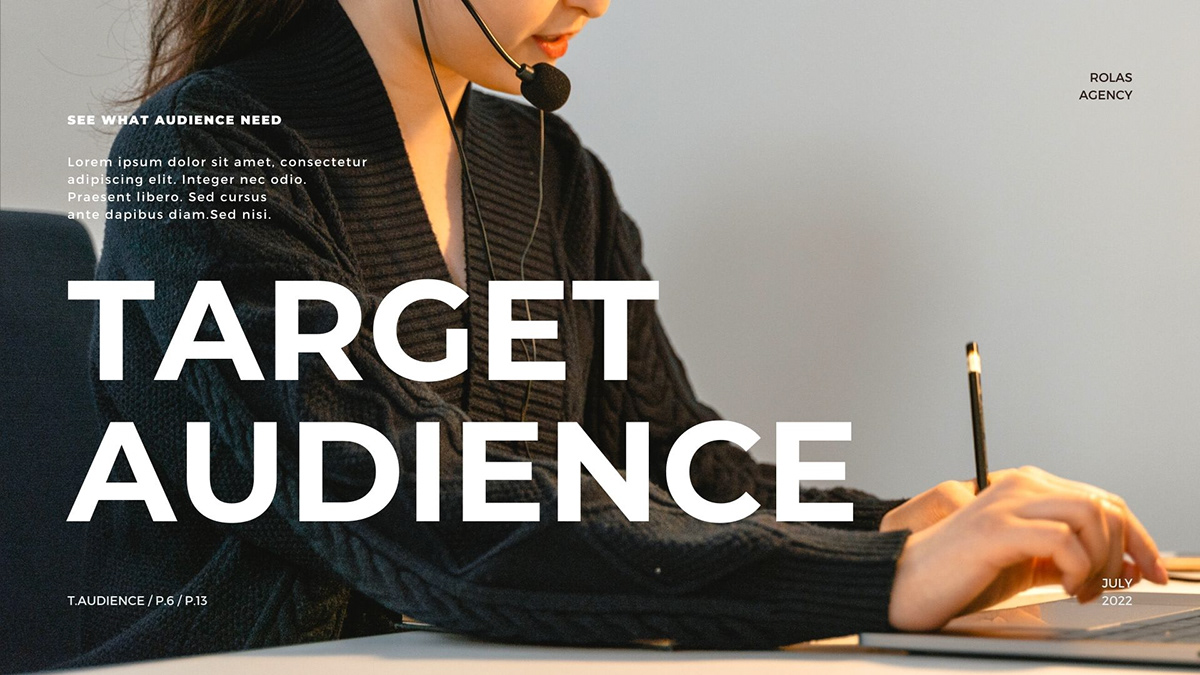
When it comes to crafting a compelling creative brief for Behance, the cornerstone lies in clearly defining your project goals and objectives. Think of this as your roadmap; without it, you might find yourself wandering aimlessly. Start by asking yourself what you want to achieve. Is it to showcase a new design style, attract potential employers, or simply gain feedback from the community? Your goals should be SMART: Specific, Measurable, Achievable, Relevant, and Time-bound.
Here’s how you can break it down:
- Specific: Define what you aim to accomplish. For example, “I want to highlight my typography skills through a series of posters.”
- Measurable: Determine how you will measure your success. “I aim to receive at least 50 likes and 10 comments.”
- Achievable: Ensure your goals are realistic. “I will complete this project within one month.”
- Relevant: Make sure your goals align with your long-term career aspirations. “This project will enhance my portfolio for potential clients.”
- Time-bound: Set a deadline. “I will publish this project by the end of the month.”
By clearly outlining your objectives, you'll not only guide your creative process but also communicate your intentions effectively to your audience on Behance.
Also Read This: Guide to Saving Photos from Behance for Personal Use
Research and Inspiration
Before diving into your project, it’s essential to gather research and inspiration. This phase is like filling your creative toolbox, and it can significantly enhance the quality of your work. Start by exploring various sources: websites, books, art galleries, and even nature. You’d be surprised where inspiration can strike!
Here are some effective strategies for your research:
- Competitive Analysis: Look at similar projects on Behance. What did you like about them? What can you do differently?
- Mood Boards: Create visual compilations of colors, typography, and styles that resonate with your vision. Tools like Pinterest can be super helpful!
- Trends Research: Stay updated with current trends in design by following blogs, social media influencers, and design magazines.
- Feedback Loop: Share your ideas with friends or colleagues and gather their input. Sometimes, a fresh pair of eyes can spark new ideas!
Inspiration is everywhere; you just have to be open to it. Document your findings in your creative brief, as they will serve as a guiding light throughout your project, keeping you focused and aligned with your initial vision.
Also Read This: How to Remove Work Experience from Your Behance Profile
Structuring Your Creative Brief
Creating a well-structured creative brief is essential for presenting your project effectively on Behance. A clear structure not only helps you organize your thoughts but also ensures that your audience understands your vision. Let's break down the key components of a creative brief:
- Project Overview: Start with a brief summary of your project. What is it about? Why did you choose this concept? This sets the stage for your audience.
- Objectives: Clearly define what you aim to achieve. Are you looking to showcase your skills, promote a product, or tell a story? Be specific!
- Target Audience: Identify who your project is for. Understanding your audience helps tailor your presentation to attract their interest.
- Inspirations and References: Share what inspired your project. Include mood boards, colors, or other artists’ works that influenced your design.
- Process: Outline the steps you took to develop your project. This could include sketches, drafts, or iterations. It gives insight into your creative journey.
- Final Deliverables: List what the audience can expect to see. This could be images, videos, or interactive elements.
By following this structure, you’ll create a comprehensive and engaging creative brief that draws viewers in and showcases your work effectively on Behance.
Also Read This: How to Give Credits on Behance Page: Proper Attribution for Your Creative Projects
Tips for Effective Communication
Effective communication is the backbone of a successful creative brief. It's all about making sure your ideas resonate with your audience. Here are some tips to enhance your communication:
- Be Clear and Concise: Use straightforward language. Avoid jargon unless necessary, and always explain terms that might be unfamiliar to your audience.
- Use Visuals Wisely: Incorporate images, charts, or infographics that complement your text. Visuals can convey complex ideas quickly and engage your audience.
- Tell a Story: Frame your project within a narrative. People connect with stories, so weave in personal anecdotes or the journey of your project’s development.
- Invite Feedback: Encourage your audience to share their thoughts. This not only fosters engagement but also provides valuable insights that can enhance your work.
- Practice Active Listening: If you're presenting in person or via video, listen to your audience’s reactions and questions. This shows you value their input and fosters a collaborative atmosphere.
By implementing these tips, you'll improve your ability to communicate effectively, making your creative brief on Behance not just informative, but also engaging and relatable.
Also Read This: How to Find Your Behance URL: Locating and Sharing Your Portfolio Link
7. Finalizing Your Creative Brief
Finalizing your creative brief is a crucial step that can significantly impact how your project is received on Behance. It’s the moment to refine your ideas and ensure that every detail aligns with your vision. Here’s how to go about it:
- Review the Brief: Go through your brief carefully. Check for clarity and ensure all sections are well-articulated. Is your project objective clear? Does your target audience resonate with your message?
- Seek Feedback: Before finalizing, consider sharing your brief with trusted colleagues or mentors. Their fresh perspective can help identify any gaps you might have overlooked.
- Edit for Brevity: Remove unnecessary jargon and fluff. A concise brief is more engaging. Aim to keep it straightforward while conveying all vital information.
- Visual Elements: If applicable, incorporate visuals into your brief. Diagrams, mood boards, or sketches can enhance understanding and make your brief more appealing.
Once you’re satisfied with the content and format, save your document in an accessible format. This finalized brief will serve as a reference point throughout your project and when presenting on Behance.
Also Read This: How to Make a Presentation for Behance: Creating Engaging and Professional Presentations
8. Showcasing Your Work on Behance
Now that you have your creative brief nailed down, it’s time to showcase your work on Behance! This platform is a fantastic way to share your projects with a global audience and gain valuable feedback. Here’s how to make the most of it:
- Create an Engaging Project Cover: First impressions matter. Use a striking cover image that encapsulates your project. This is what will draw viewers in!
- Utilize the Project Description: Include a concise summary of your project, referencing your creative brief. Highlight your objectives, the inspiration behind the work, and the processes involved.
- High-Quality Visuals: Upload high-resolution images, videos, or GIFs of your work. Consider before-and-after comparisons or process shots to give your audience insight into your techniques.
- Tag Your Skills: Use relevant tags to improve discoverability. This helps potential clients and collaborators find your work based on specific skills or project types.
- Engage with the Community: Don’t just post and ghost! Interact with other artists by commenting on their work and responding to feedback on yours. Building relationships can lead to new opportunities.
By following these steps, you’ll create a compelling presentation of your work that stands out on Behance, showcasing your skills and enhancing your visibility in the creative community.
Writing a Creative Brief for Behance to Enhance Your Project Presentations
A well-crafted creative brief is essential for showcasing your work effectively on Behance. It serves as a roadmap for your project, outlining your vision and ensuring that your presentation resonates with your audience. Here’s how to create an impactful creative brief:
- Define Your Objective: Clearly state what you aim to achieve with your project. Are you looking to attract clients, collaborators, or simply showcase your skills? This clarity will guide your presentation.
- Understand Your Audience: Identify who will view your project. Understanding their expectations and preferences can help tailor your content to engage them better.
- Outline Key Messages: What are the main points you want your audience to take away? Summarize these messages to provide a cohesive narrative throughout your presentation.
- Specify Deliverables: Detail what items you’ll include in your project submission. This might encompass mockups, case studies, or videos.
- Include Timeline and Budget: If applicable, provide a timeline for project completion and any budget considerations. This transparency builds credibility.
| Section | Description |
|---|---|
| Project Title | A catchy name that reflects your work. |
| Project Summary | A brief overview of what your project entails. |
| Target Audience | Who you envision as the audience for your work. |
| Design Inspirations | References to styles or pieces that influenced your work. |
In conclusion, a comprehensive creative brief can significantly enhance your Behance project presentations by providing clarity and direction. By carefully considering your objectives, audience, and key messages, you can create a compelling narrative that showcases your work effectively.
 admin
admin




